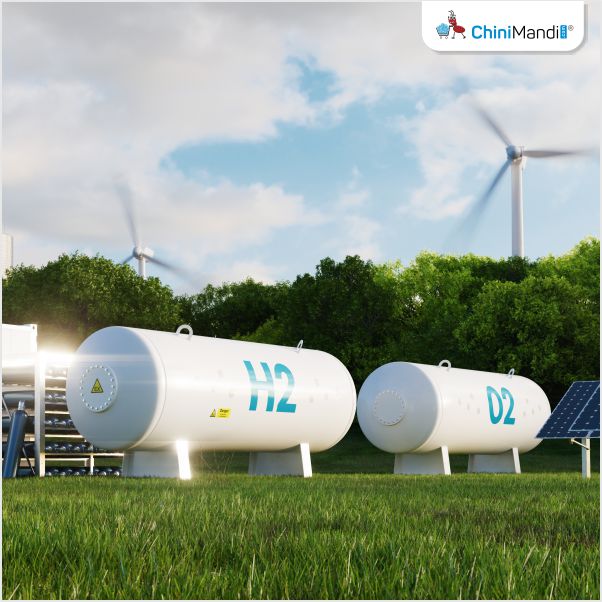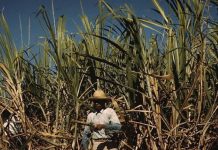In a major development in clean energy research, scientists at the Indian Institute of Technology (IIT-BHU) have discovered a new way to produce green hydrogen using sugarcane waste and a unique type of bacteria, reports The Economic Times.
The research was carried out at the Biomolecular Engineering Laboratory under the School of Biochemical Engineering and has been published in well-known international journals like the International Journal of Hydrogen Energy and Fuel.
Prof. Abha Mishra, who led the research and also serves as associate dean of research and development at IIT-BHU, said the innovation puts the institute among the world leaders in biohydrogen research.
The team successfully discovered a new bacteria strain called Alcaligenes ammonioxydans SRAM in sewage sludge wastewater. This strain was highly effective in turning sugarcane bagasse — a common agricultural waste in Uttar Pradesh, India’s top sugarcane-producing state — into hydrogen gas.
“This new bacteria is very efficient. It can help turn waste into clean fuel at a large scale,” said Prof. Mishra.
The bacterium, now listed in the NCBI GenBank, produces hydrogen through a method known as dark fermentation. This is a process that works without oxygen and uses less energy, making it both affordable and environmentally friendly.
In addition to hydrogen, the bacteria also showed signs it could produce environmentally friendly plastic-like materials, which could be used in the future to make sustainable products. A patent has been filed to protect this innovative discovery.
To improve hydrogen output, the team used advanced computer programs, including ANN-MATLAB and Python models. These tools helped adjust important factors in the process to make the results more reliable and efficient.

















